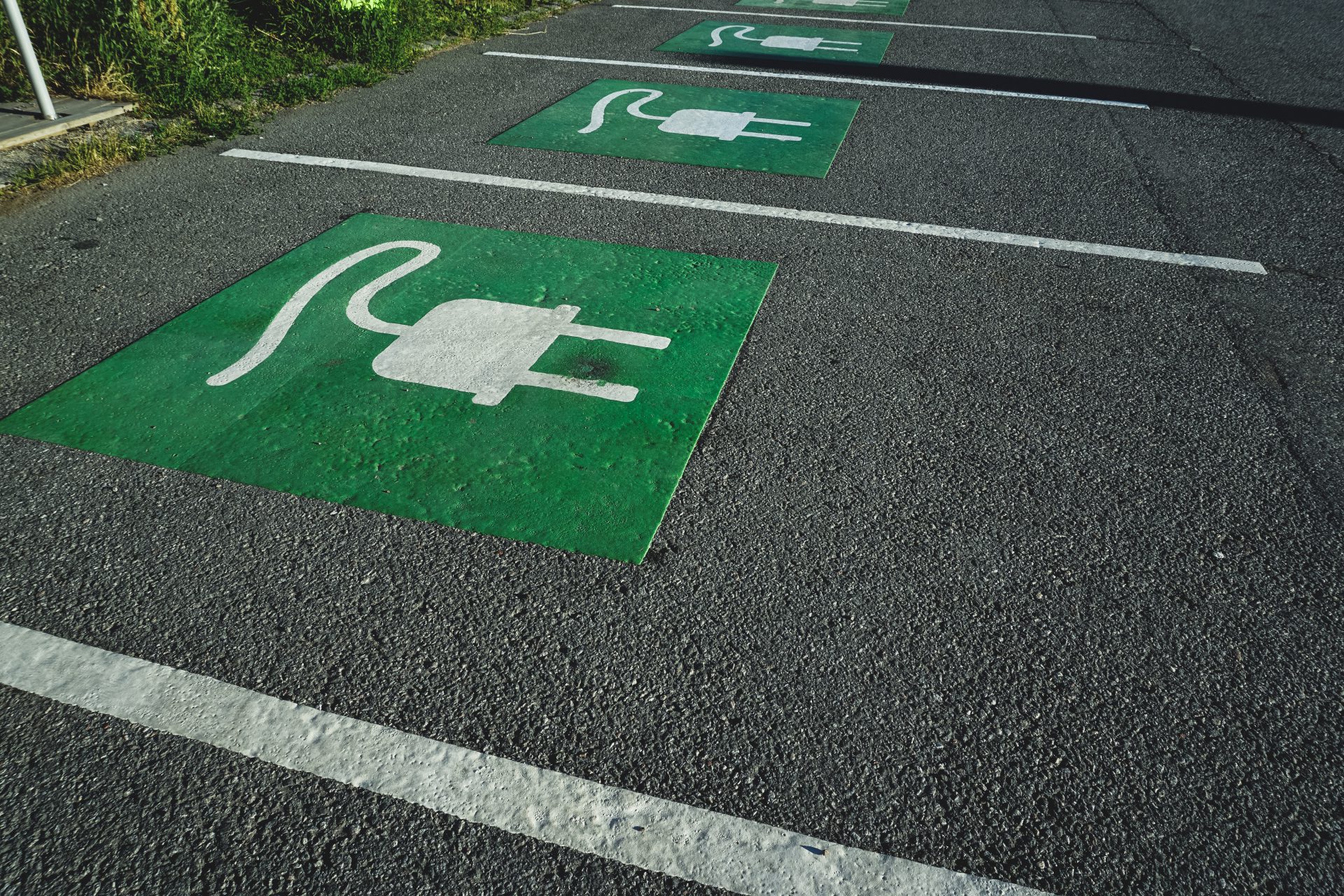
As the electric vehicle (EV) revolution gains momentum, a parallel transformation is underway in the energy sector. Investments in renewable energy are becoming pivotal to sustain the growing fleet of electric vehicles. In this blog post, we explore the symbiotic relationship between renewable energy and electric vehicles, highlighting the key role investments play in shaping the future of clean and sustainable transportation.
1. The Interconnected Goals of Renewable Energy and Electric Vehicles
Renewable energy and electric vehicles share a common goal: to reduce reliance on traditional fossil fuels and mitigate environmental impact. By investing in renewable energy sources, we not only power our homes and industries sustainably but also provide the clean energy infrastructure necessary for charging electric vehicles.
2. Building a Robust Charging Infrastructure
Investments in renewable energy facilitate the development of a robust EV charging infrastructure. Solar and wind power, among other renewable sources, can be harnessed to generate electricity for charging stations. These investments contribute to the widespread availability of charging points, addressing a key concern for electric vehicle adoption.
3. Solar Power: Energizing Electric Vehicle Charging Networks
Solar power is a frontrunner in renewable energy investments, and its role in electric vehicle charging is substantial. Solar charging stations are emerging as a viable solution, offering a sustainable and decentralized approach to power electric vehicles. These investments help create a network of solar-powered charging stations, enhancing the accessibility of clean energy for EVs.
4. Wind Energy: Fuelling the Grid and EVs Alike
Wind energy is another formidable player in the renewable energy landscape. Investments in wind farms contribute not only to the general power grid but also to the energy needed for electric vehicle charging. Wind turbines harness the power of the wind to generate electricity, providing a green and efficient source for charging electric vehicles.
5. Battery Technology Advancements
Renewable energy investments extend beyond power generation to advancements in battery technology. Efficient energy storage solutions are crucial for managing the intermittent nature of renewable sources. As investments drive innovation, we witness the development of high-capacity batteries that enhance the overall efficiency and reliability of electric vehicles.
6. Government Incentives and Policies
Government support in the form of incentives and policies plays a pivotal role in encouraging investments in renewable energy. Subsidies, tax credits, and favorable regulations create a conducive environment for businesses and individuals to invest in sustainable energy solutions, fostering a renewable-powered ecosystem for electric vehicles.
7. Economic Viability of Renewable Investments
The economic viability of renewable energy investments is increasingly evident. As technology advances and economies of scale come into play, the costs associated with renewable energy production continue to decrease. This makes investments in renewable energy not only environmentally responsible but also economically attractive for individuals and corporations alike.
8. Corporate Commitments to Sustainability
Major corporations are making substantial commitments to sustainability by investing in renewable energy. These commitments extend to their fleets of vehicles, including the adoption of electric vehicles powered by clean energy. Corporate investments contribute to a significant reduction in the carbon footprint associated with transportation.
9. Innovation in Smart Grid Technologies
Investments in renewable energy spur innovation in smart grid technologies. Smart grids enable efficient distribution and utilization of renewable energy, ensuring a stable and resilient power supply for both traditional electricity needs and the charging requirements of electric vehicles.
10. Public Awareness and Consumer Choices
Renewable energy investments not only impact the infrastructure but also influence consumer choices. As awareness grows about the environmental impact of energy sources, consumers are more likely to choose electric vehicles powered by renewable energy. This shift in consumer preferences reinforces the need for continued investments in clean energy.
Conclusion: A Greener Road Ahead
The intersection of renewable energy and electric vehicles represents a transformative journey towards a sustainable future. Investments in renewable energy form the backbone of this transition, powering the charging infrastructure, driving technological advancements, and aligning economic incentives with environmental stewardship.
As we witness the ongoing evolution of clean energy solutions, the road ahead is undeniably greener. The synergy between renewable energy investments and the electric vehicle revolution is steering us towards a future where transportation is not just a means of getting from A to B but a conscious choice to power progress with sustainability.


